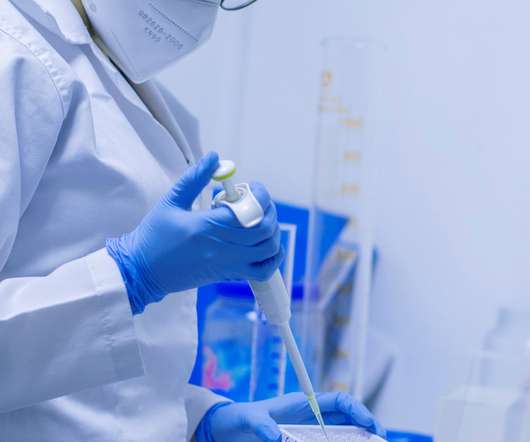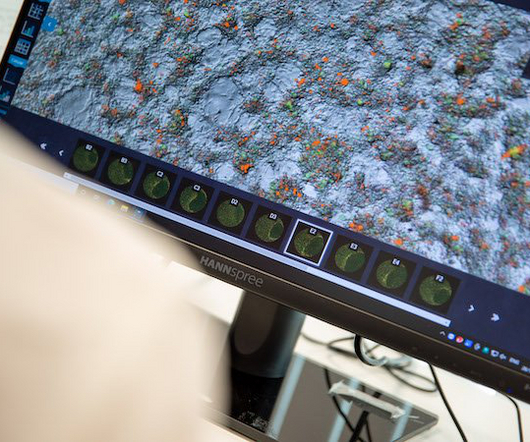Reflecting on ELRIG’s Drug Discovery 2022
Drug Discovery World
OCTOBER 13, 2022
Over the two days at ExCel, 1554 delegates attended the event. Of those delegates, 75% work in drug discovery. There were 127 exhibitors, 180 posters, 40 technology speakers, 52 scientific speakers as well as a series of eight seminars focused on automation and technology which DDW organised and moderated in the dedicated Tech Theatre. .













Let's personalize your content